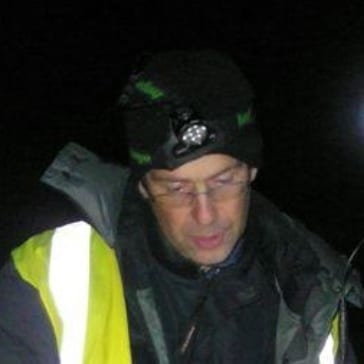Guide for newcomers - 2
“Night orienteering is hard-core! And only the best or the “nutters” go in for it”.
OK the first bit is probably true - the merry band who come to QO night events are all keen orienteers, but I’ve written this article to try and dissuade you of the second bit and persuade you that night orienteering is something that anyone who can do an Orange can do, enjoy and benefit from. So the first thing to consider is the “nutter” factor, or the concern that it is too dangerous (e.g. “all that undergrowth in the dark, I’ll just break my leg”).
My answer to that is considered. Yes the risk element of night orienteering is higher than for day orienteering but it only takes a few changes (some conscious some natural) to adjust for that:
1. Route choices at night become more conservative – sticking to the paths for as long as possible
2. Night orienteers tend to naturally moderate their pace over rough ground
3. Modern head-torches give excellent close illumination.
4. Night events (at QO) are timed events, so that it would become clearer quicker to the event organisers if there was an issue.
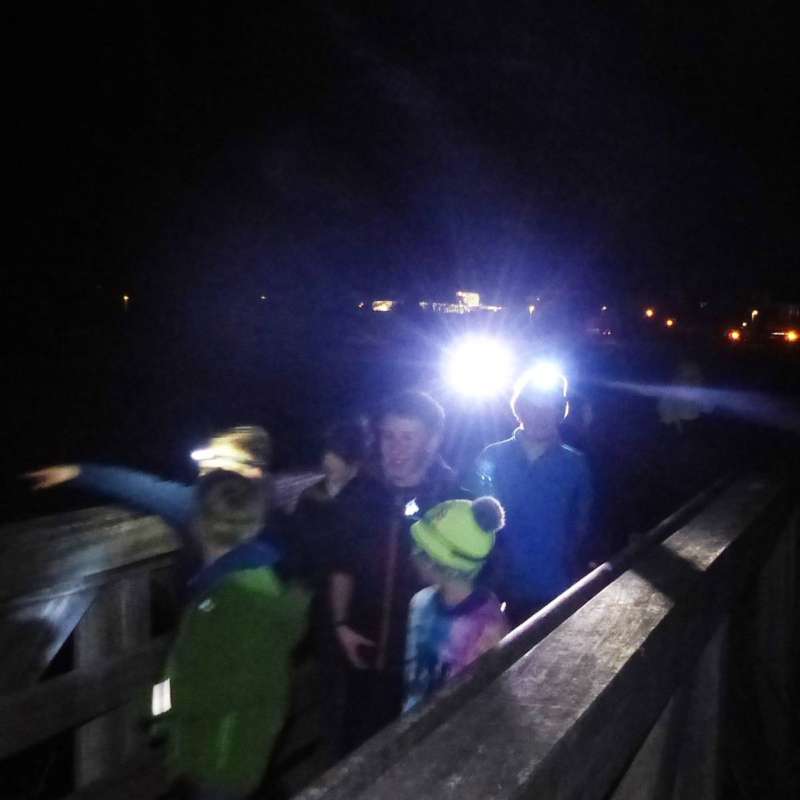
What are the pros?
It sounds obvious but it’s dark out there! And, when you can only glimpse a tiny section of your surroundings you focus very hard on the few features you can see. I have found that the focus and skills I have learned night orienteering have really paid me back in my day orienteering. Here are the things I’ve learned:
Planning and route choice
This might be your first time working on a score course and it can be daunting at first, but like all complicated things you will firstly learn to break it down into simple chunks (see my tip later) and secondly you will start to understand how to string together the optimum course for you – and I say “for you” because this optimum is highly personal and depends on your speed and confidence.
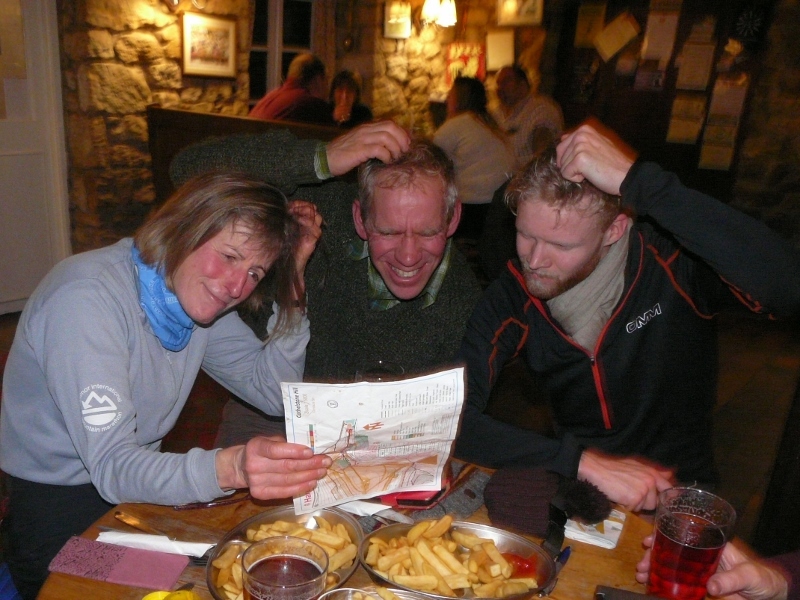
This second skill comes, in large part, from reviewing your choices after the event (perhaps with others over a pint). Review your route, try counting how many contours you crossed, think about how much time was left or how much you overshot your time. Which brings me on to...
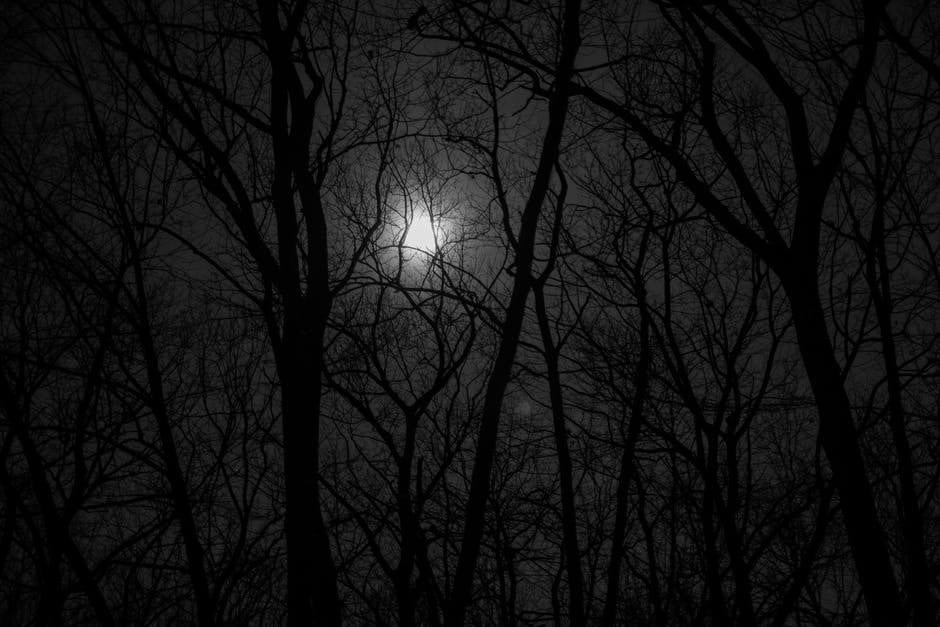
Credit: Anon, Pexels
Timekeeping
...and the understanding of how far you can go in a one hour period. Running a score course demands that you keep an eye on your progress and have a “plan-B” if you fall behind, because the penalty for lateness is usually severe.
Risk / Reward
Sticking to paths (and other line features) is the least risky tactic and your decision making around when to stay on, and when to leave, a path is sharpened. Similarly you will be focusing very closely on attack (and collecting) features to make sure you leave the security of your feature at the right point! – Suddenly each bend in the path becomes your best friend.
Navigation skills
Having identified an attack point from your trusted line feature you now have to venture off to find that elusive control. Taking a good compass bearing is important but so is knowing how far to need to travel – the more confidence you have in your pacing skills the happier you will be to (a) leave the path at all, and (b) believe you are in the right place for the control. There are few things more satisfying than pacing right onto a feature in the darkness.
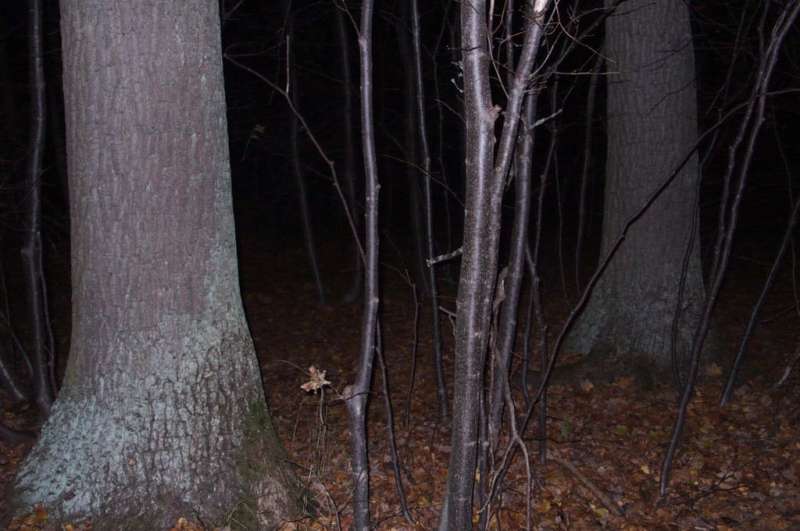
Credit: Peter Lindberg
What are the Cons?
Equipment
You need additional equipment to go night orienteering - a head-torch and a stop-watch – the head-torch needs to be as good as you can make it, and they can be amazingly expensive [though prices have decreased over the years and the club have bought torches for £13 each], but it may be possible to hire one from the club to “try out” this kind of event (check with Judy).
Everything looks different
Everything looks different at night and even venues that you know well look quite different. This is especially noticeable in the woods as those trees closest to you reflect really strongly making everything else looks especially dim. If something goes wrong (an injury or torch failure) then rescue may take longer (in colder conditions) than for a day event.
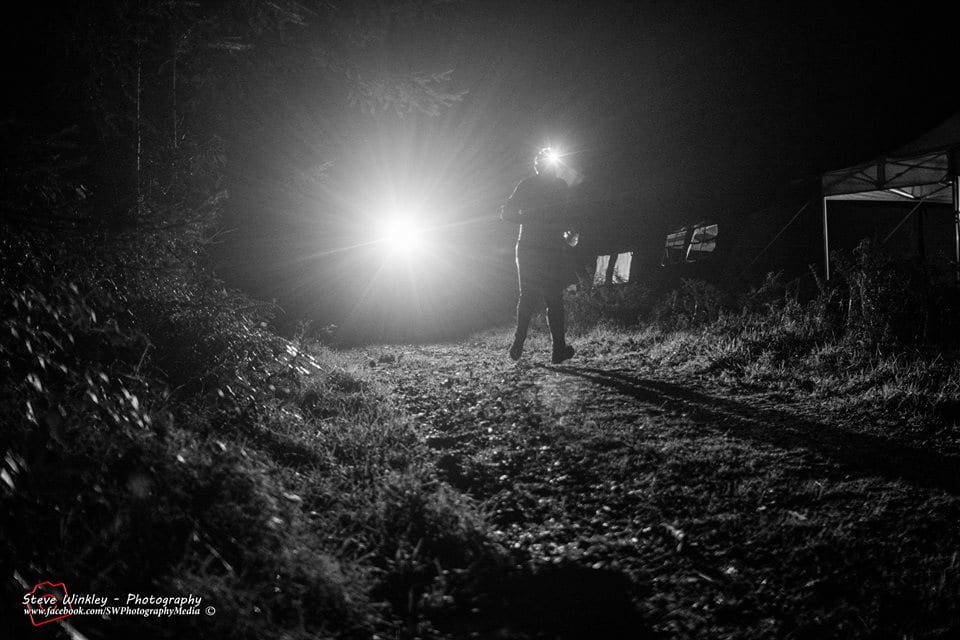
Credit: Steve Winkley
Practical tips
Do the easy controls first
In QOADs the 15 point controls represent a yellow standard course – so just do this the first time. And if you have time left over at the end you can look for a 20 pointer to try. This was the tactic I used in my first season and it was surprisingly successful.
Use string to measure distance
After each event draw on your route and work out what distance you travelled. You can then take a piece of string and knot it with that distance for the next event (you will need a knot for each scale). You now have a rough and ready planning tool.
Carry rescue essentials
I have taken to wearing a waist-pouch with a lightweight anorak, my phone and a backup hand-torch. These are my rescue essentials in case things go wrong. Another approach is take a communication device. If you have some, this could be a walkie-talkie, one left at the start/finish and another taken with you – these don’t need to be switched on until the event is over and so battery life shouldn’t be an issue.
What next?
So you’ve read the article and hopefully I’ve swayed you to give it a try. What next? Don’t hesitate – check out the club calendar for the next event and contact Judy and Roger in advance to see if you can hire a headtorch as there are limited numbers – and if you’re still not sure see if you can find someone to buddy up with and run as a pair. I, for one, look forward to welcoming you into the “hardcore”!
- Spencer Modica (Nov 2013, QuOnicle)
